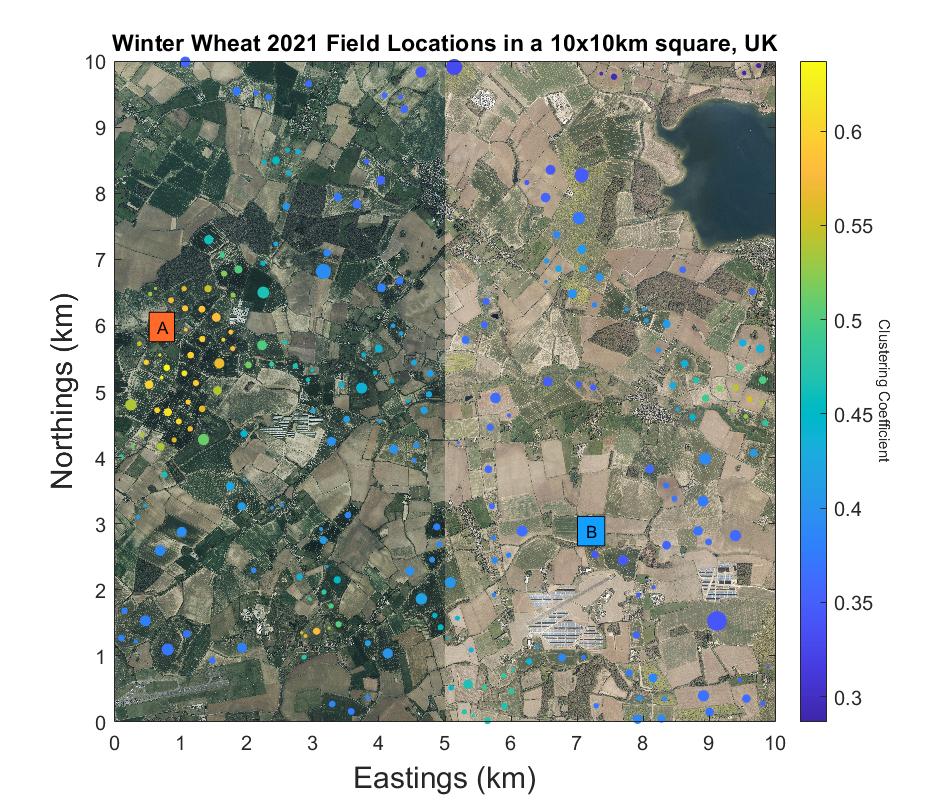

Clicking the figure above will take you to an interactive version!

Hi, I'm Jack, a Masters student studying Part III Systems Biology, integrated with a Bachelor's degree in Mathematics, at the University of Cambridge, Girton College. My research interests include epidemiology and improving the sustainability of food systems. My Masters research project is on the fungicide resistance of Septoria tritici, a fungal wheat pathogen. I use this webpage to engage further with my research intrests by collating articles I have written, photos I have taken and to give updates on my research projects.
The fungal wheat pathogen Septoria tritici is endemic to the UK and can cause up to 46% yield losses in susceptible winter wheat varieties. Fungicides are an important aspect of disease control, however, the effectiveness of fungicides is underthreat by emerging fungicide resistant strains.
My research project aims to develop our understanding of what factors increase or slow down the rate of fungicide resistance evolution, through epidemiological modelling. To do this I have extended validated models of fungicide resistance to factor in spatial hetrogenity and spore dispersal.
Measuring experimentally the long-range spatial dispersion of Septoria is an almost impossible task due to Septoria being an endemic disease to the UK. So my research entails understanding how different dispersal kernels of Septoria lead to different fungicide resistance spread dynamics.
I have used the coordinates and areas of winter wheat fields in the UK to construct a spatial network model, using datasets from the University of Edinburugh's Digimap platform, informed by agricultural cencuses and satellite imagery. The epidemic within each field is modelled seperately with a susceptible-exposed-infected-removed compartmental model. At the end of the growing season, with no host present, Septoria tritici enters the next stage of its lifecycle undergoing sexual reproduction and producing windborne spores (ascospores). Within the model at the end of the season spore dispersal occurs, weighted by epidemic sizes and the dispersal kernel. The dispersed spores will make up the primary innoculum of the next season. The uncoupling of fields within seasons allows simulations of large networks to become computationally feasible.